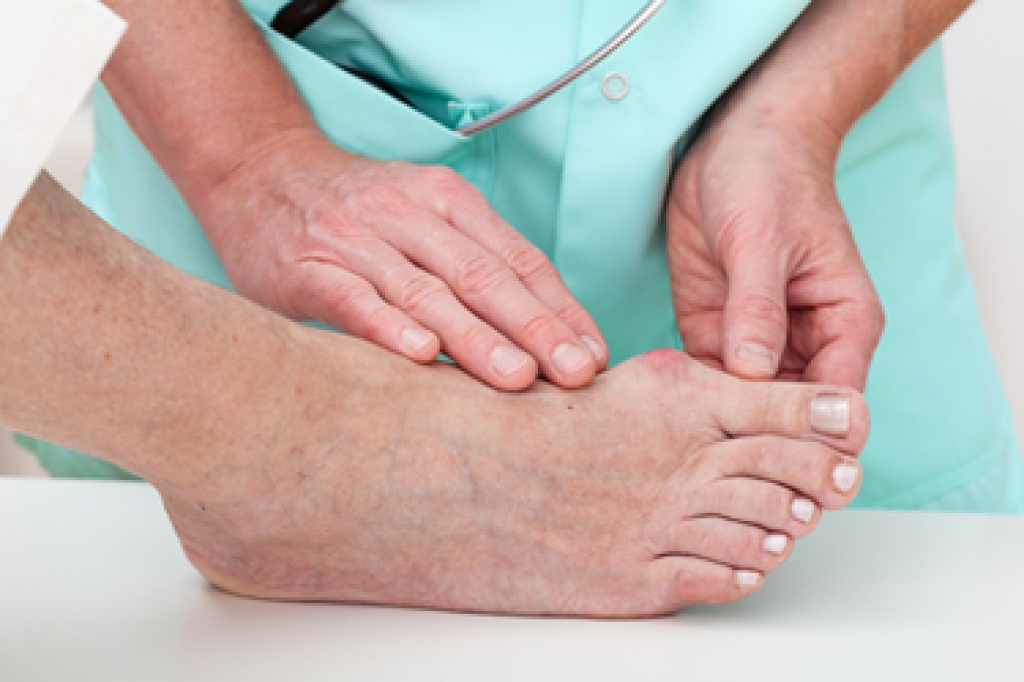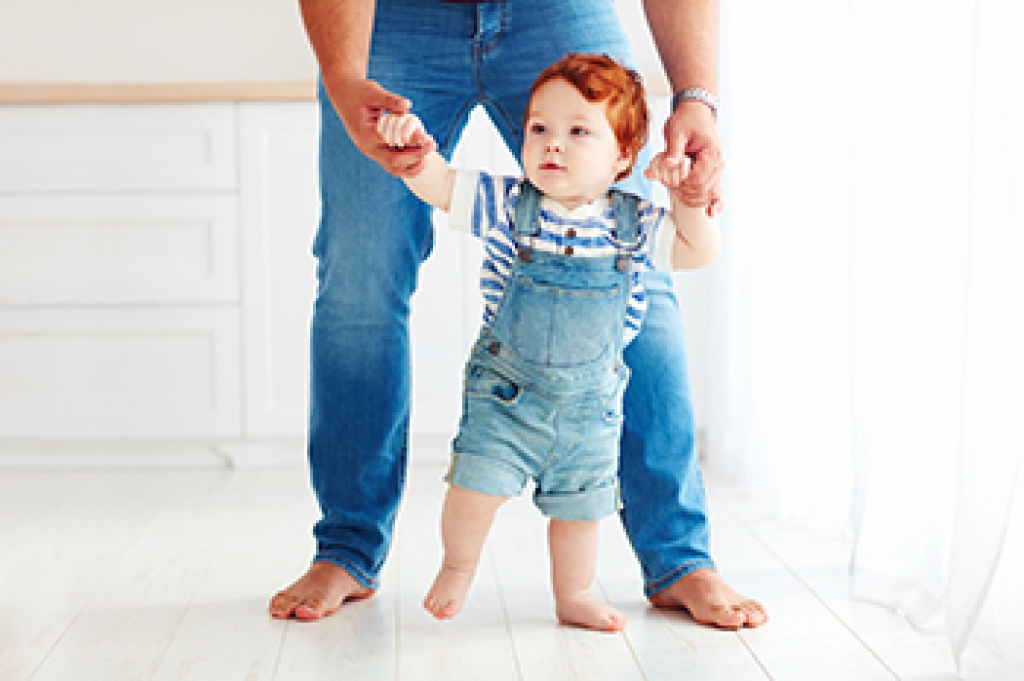
Pickleball is a trending sport that many people enjoy. As with any physical sport, there can be painful foot repercussions if care is not taken while playing pickleball. Two common conditions that can be associated with this activity are plantar fasciitis and Achilles tendinitis. The ligament that runs along the bottom of the foot from the heel to the toes is called the plantar fascia. The fibers from the Achilles tendon run into the plantar fascia. The Achilles tendon attaches to the back of the heel and the plantar fascia on the bottom. The condition known as plantar fasciitis is when the plantar fascia becomes overstretched or sustains micro tears and causes pain in the heel area, especially when first steps are taken after prolonged rest. Achilles tendinitis is often an overuse injury as well. These things can happen after playing pickleball. Stretching the feet and calves, wearing supportive and well-fitting footwear, and resting the affected areas can all help. If the pain you feel in the heel or Achilles tendon continues or worsens, it is suggested that you seek the counsel of a podiatrist. This foot care expert can diagnose and treat foot pain and provide additional suggestions on how you might prevent foot problems while playing pickleball.
Sports related foot and ankle injuries require proper treatment before players can go back to their regular routines. For more information, contact Tanya R. Sellers-Hannibal, DPM of Maryland. Our doctor can provide the care you need to keep you pain-free and on your feet.
Sports Related Foot and Ankle Injuries
Foot and ankle injuries are a common occurrence when it comes to athletes of any sport. While many athletes dismiss the initial aches and pains, the truth is that ignoring potential foot and ankle injuries can lead to serious problems. As athletes continue to place pressure and strain the area further, a mild injury can turn into something as serious as a rupture and may lead to a permanent disability. There are many factors that contribute to sports related foot and ankle injuries, which include failure to warm up properly, not providing support or wearing bad footwear. Common injuries and conditions athletes face, including:
- Plantar Fasciitis
- Achilles Tendinitis
- Achilles Tendon Rupture
- Ankle Sprains
Sports related injuries are commonly treated using the RICE method. This includes rest, applying ice to the injured area, compression and elevating the ankle. More serious sprains and injuries may require surgery, which could include arthroscopic and reconstructive surgery. Rehabilitation and therapy may also be required in order to get any recovering athlete to become fully functional again. Any unusual aches and pains an athlete sustains must be evaluated by a licensed, reputable medical professional.
If you have any questions please contact our office located in Owings Mills, MD . We offer the newest diagnostic and treatment technologies for all your foot and ankle needs.




